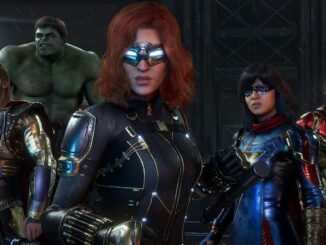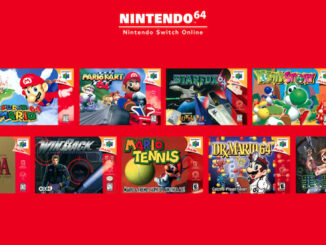Our review of Trek to Yomi, developed by Flying Wild Hog. Available May 5, 2022 for PS5 (reviewed), PS4, Xbox X/S, Xbox One, and Windows.
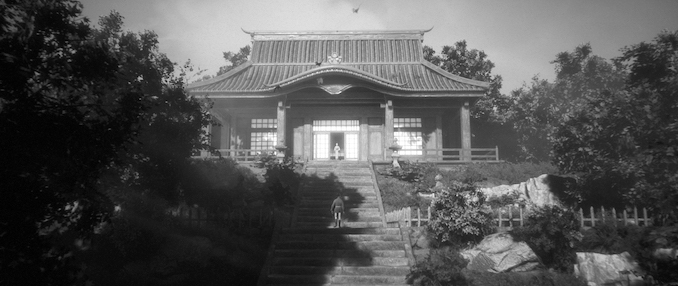
WHAT IS IT?
A proper black-and-white samurai simulator.
IS IT GOOD?
It’s beautiful, but the gameplay is lacking.
WHO SHOULD PLAY IT?
Anyone who’s already had their fill of Ghost of Tsushima.
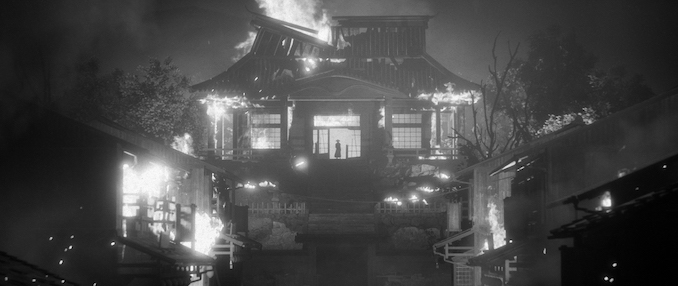
THRONE OF BLOOD
Made on a fraction of the budget of Ghost of Tsushima and with a fraction of its aspirations, Trek to Yomi is a loving ode to samurai fiction, even if its gameplay isn’t quite up to snuff. Player-protagonist Hiroki is a young samurai warrior who – wait for it – must avenge the death of his master and defend his city from – wait for it again! – hordes of invading bandits. Yes, Trek to Yomi has about as sophisticated a grasp of Asian cinematic tropes as Sifu, only this game is actually, well, good.
At its heart, Trek to Yomi is a parrying game. Run left to right – and occasionally right to left – across a 2.5D landscape, confronting foe after foe in one-on-one sword battles. Parry at the correct moment, and everything drops into slow-mo, allowing you to counter-attack. Do this again for the next foe, and the next, and then move on to the next scene. Amusingly, in keeping with cinematic tradition, enemies in Trek to Yomi are incredibly polite and always wait their turn. Even when surrounded, you’ll never have to block two foes at the same time.
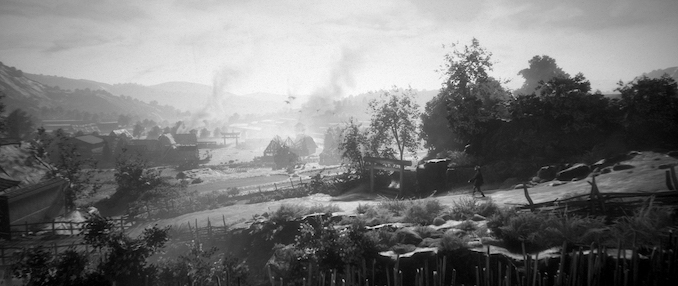
THE HIDDEN FORTRESS
Until Trek to Yomi, I didn’t realize how badly I needed a black-and-white video game. Sure, Ghost of Tsushima had its “Kurosawa Mode”, but that was more of a gimmick; a filter superimposed on a game meant to be played in (breathtaking) colour. Not since Return of the Obra Dinn have I played a game that felt like it had to be in black-and-white.
And Trek to Yomi really is gorgeous. Designed from the ground up as an homage to classic samurai film, it captures the aesthetic impeccably, even if the story is a pale imitation of the films that inspired it. Still, film nerds will appreciate how well the camerawork, the simulated film grain, the lighting remain true to the spirit of cinematographers like Kazuo Miyagawa, noted for his groundbreaking work on films like Kurosawa’s Rashomon and Mizoguchi’s Sansho the Bailiff. (Both essential viewing in the film canon, by the way.) Trek to Yomi is rarely a boring experience, if only because each new section of a level offers something beautiful to marvel at. The Japanese-language voice acting is also unimpeachable; even Ghost of Tsushima required a next-gen Director’s Cut before it finally got its voicework right.
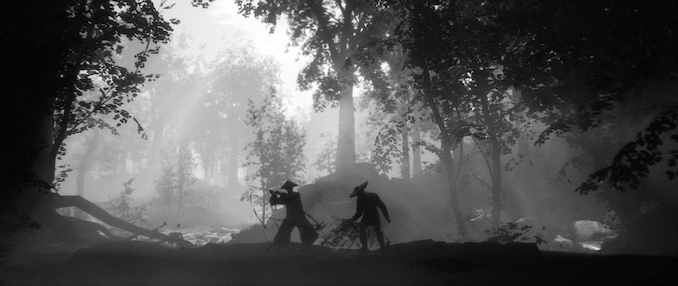
GATE OF HELL
Where Trek to Yomi falters is in its combat. Which, really, is an unfortunate thing to say about a combat-centric video game. For one thing, although the game places a host of unlockable combos at your disposal, you rarely need any of them, since most of the time you’ll rely on the same parry/counter-attack. You defeat somewhere in the neighbourhood of several thousand enemies over the course of Trek to Yomi; if it wasn’t for the ever-changing backdrops, the battles would all look the same.
Another minor annoyance is that the counter-attack timing is just… off. For whatever reason, there’s this slight, confusing delay between when the game drops into slow-mo and when it accepts your next button input. It’s not debilitating, but video games solved how to counter-attack decades ago, and it’s weird to encounter something which feels like a step backwards.
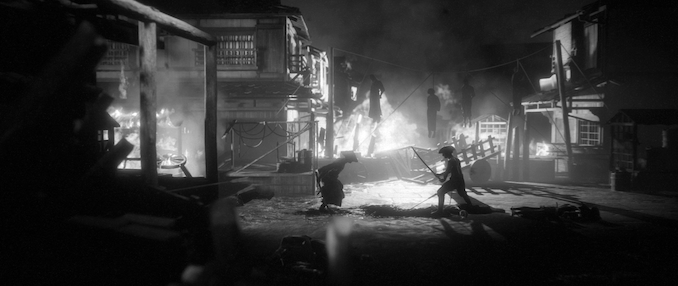
SHOGUN ASSASSIN
There are other minor failings with Trek to Yomi. As mentioned, the story is decidedly rote, although the attention to historical and cultural detail is quite admirable. Thanks to the black-and-white graphics and 2.5D level design, you’ll sometimes run into invisible walls where you think the path should be. And speaking of walls; Trek to Yomi includes a few too many progression walls, in the form of needlessly difficult boss fights. Unless you’re Elden Ring, there’s simply no excuse for difficulty spikes that grind a game to a halt.
These quibbles aside, Trek to Yomi is a mostly enjoyable, mostly authentic, homage to the look, if not the feel, of classic Japanese cinema. Even if it’s just aesthetic homage – nobody could mistake this for the narratively sophisticated Rashomon or Samurai Rebellion – it’s one worth playing around in. Then, if you like what you see, go get a Criterion subscription.
***
Final score: Seven Samurai out of ten.
Visit the official website for Trek to Yomi here.

